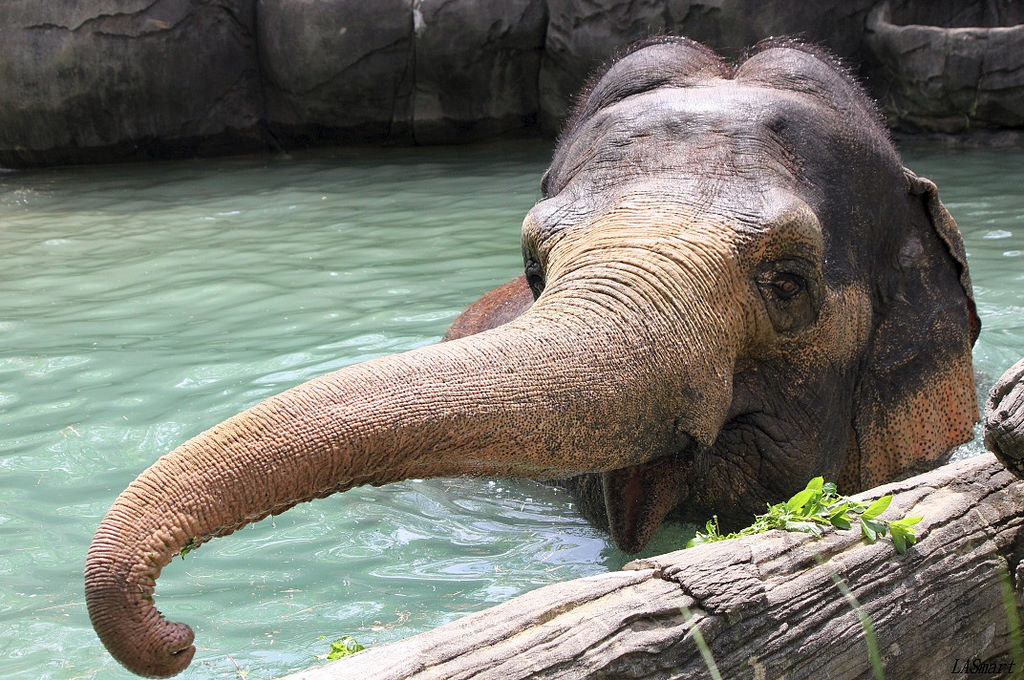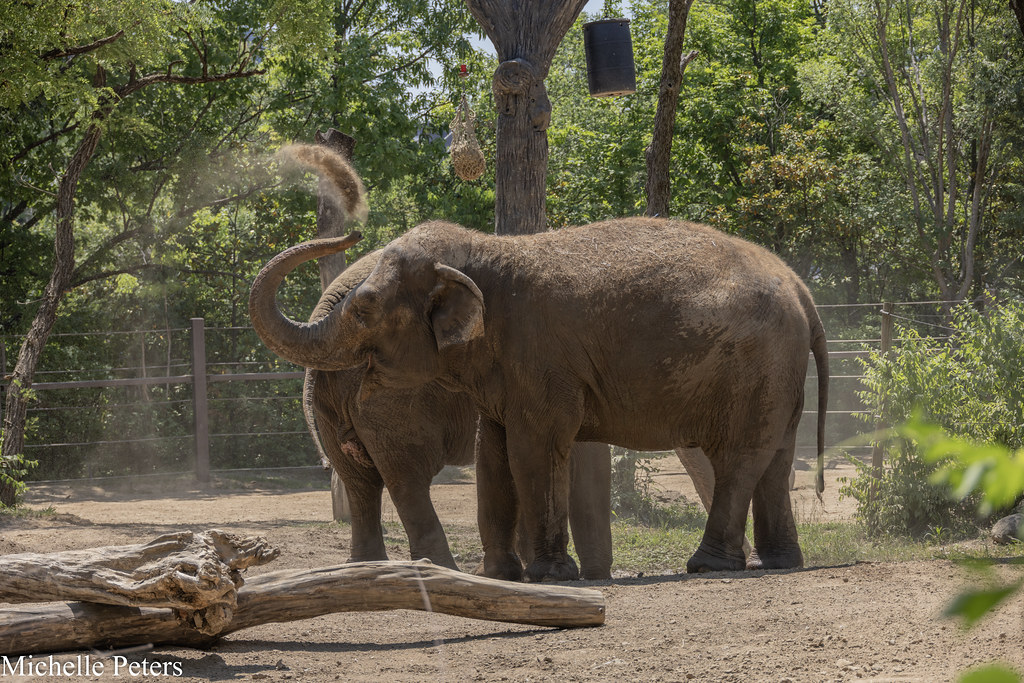From trunk to toe, Asia’s largest land mammal displays some amazing adaptations to life as a forest-dwelling herbivore. It is most famous for its trunk, which is indispensable for feeding, drinking, smelling, touching, communicating, and bathing. Asian elephants live in family groups called herds that are led by older, experienced females.
These matriarchs are responsible for the herd’s safety, as well as for providing food and shelter for its members. Females maintain a life-long connection to the herd, while males leave the herd when they reach puberty. They spend most of their time alone, or in bachelor groups. During musth, a period of heightened testosterone, bulls compete with other for mating opportunities. Generally, the older and larger bulls dominate the breeding.
Learn more: The Cincinnati Zoo is committed to helping to save the world’s largest land mammals.
See how you can continue to support elephant conservation through Animal Art or Brush in the Trunk paintings.

Did You Know?
Trunk Muscles: Over 100,000 muscles of the face, nose, and upper lip combine to form the elephant’s trunk.
- An elephant drinks up to 40 gallons of water (enough to fill a bathtub) and eats several hundred pounds of food each day.
- Since they don’t sweat, elephants flap their large, thin ears to cool down the blood vessels across the ear, which then circulates throughout the body.
- An elephant essentially walks on tiptoe since the foot bones rest on a cushiony pad of fatty tissue, a built-in shock absorber.
- Elephants communicate through sound from the loud, well-known trumpeting to infrasonic calls that humans cannot hear.


